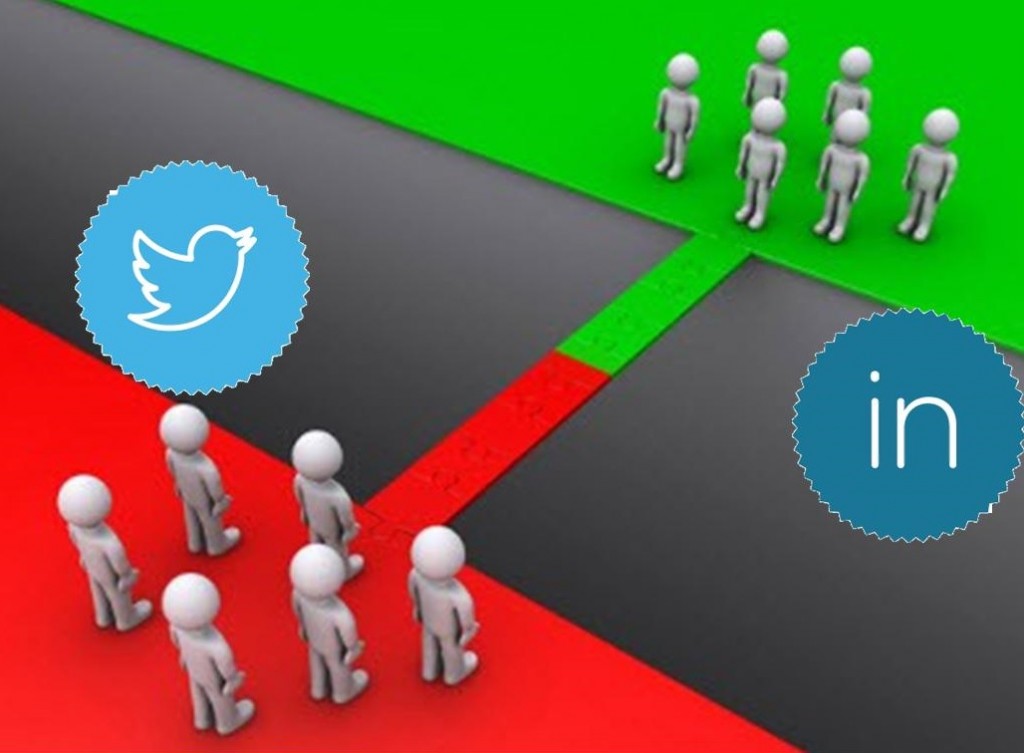The holiday shopping season has allowed the channel to become a standard form of comparison and purchasing.
The rapidly growing m-commerce trends of browsing, comparing, and actually buying on smartphones and tablets aren’t just a little piece of the fringe, anymore, but are starting to officially become mainstream.
Holiday shoppers, this year, have shown that even when they don’t make purchases, they use their devices.
Many analysts have been looking directly toward the purchasing data to determine whether or not m-commerce trends have been pointing toward the mainstream. However, when that data is considered, while there has been massive year over year growth, it still represents only a sliver of the total online purchases and even less of the buying as a whole. When the definition of mobile shopping is broadened, it soon becomes clear that purchasing is only one of several behaviors for which shoppers use their smartphones and tablets.
These m-commerce trends are important to recognize as they are often deciding factors for online and in store purchases.
 That said, even without taking the browsing, price comparisons, receipt of advertising and discount coupons, and other activities into account, there has still been a great deal of growth, so far, over the holiday shopping season when it comes to mobile commerce purchases. But it seems to be in those “process” activities on the way to actually buying that small screens truly shine. IBM Digital Analytics Benchmark reported that almost 40 percent of all of the online traffic on Black Friday and almost a third of all online traffic on Cyber Monday was from smartphones and tablets.
That said, even without taking the browsing, price comparisons, receipt of advertising and discount coupons, and other activities into account, there has still been a great deal of growth, so far, over the holiday shopping season when it comes to mobile commerce purchases. But it seems to be in those “process” activities on the way to actually buying that small screens truly shine. IBM Digital Analytics Benchmark reported that almost 40 percent of all of the online traffic on Black Friday and almost a third of all online traffic on Cyber Monday was from smartphones and tablets.
Even though this did not represent the purchases being made, it shows that people are using their smartphones and tablets to visit websites and to look at companies, products, and prices. Because the devices are always with their owners, they are automatically using them, first, to perform quick searches, to locate nearby businesses, to find out whether or not the item that they want is in stock, and to discover the best possible price.
Three years ago, only 4 percent of Cyber Monday’s online traffic came from mobile. This makes it clear that m-commerce trends are headed toward – if they have not already achieved – mainstream status.

 The reason is that the fact that there is a difference of this nature from one network to the other could change the way that ads are placed and promotions are expressed from one platform to the next.
The reason is that the fact that there is a difference of this nature from one network to the other could change the way that ads are placed and promotions are expressed from one platform to the next.